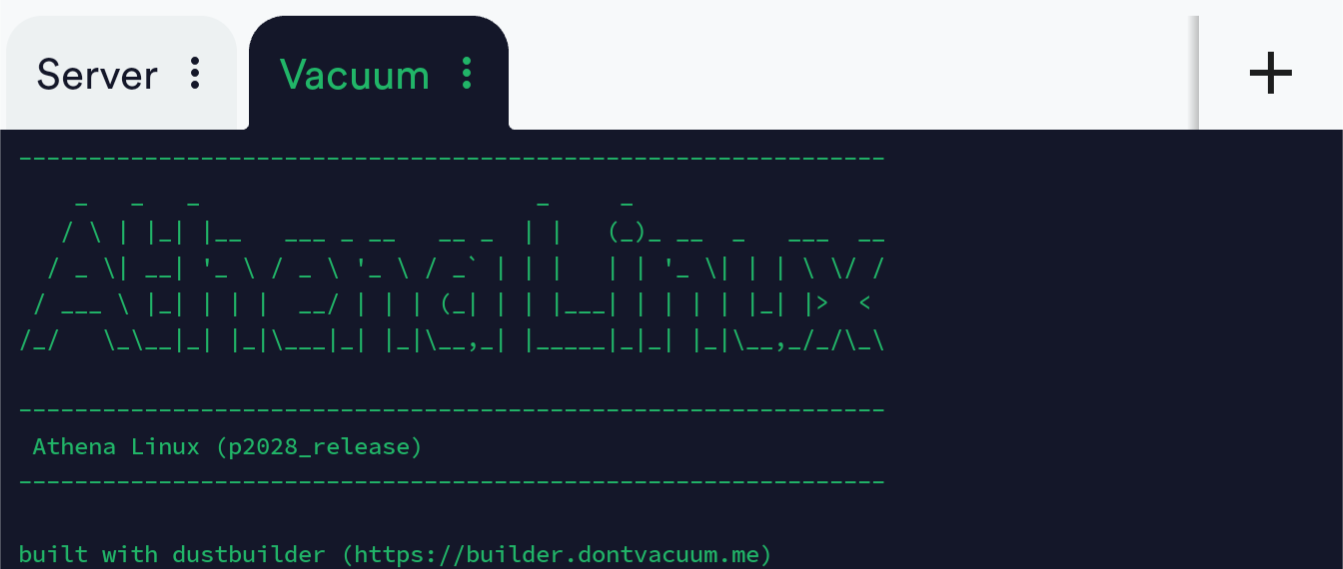Okay, sure, but how often does it spam ads?
Does it keep asking me to register for something that either shouldn’t need registering or exist at all? Does it tell me to subscribe for a service every time I open up the terminal?
We all need one or two ads, as a treat.





Fwiw, the President can’t just “declare” that a group is a domestic terrorist organization. That’s a violation of the Fifth Amendment.
We’ve been able to get away with declaring foreign groups as terrorist organizations because they’re not based in America so the government can claim the Constitution doesn’t apply to them.
Of course, we all also know this won’t stop Trump…